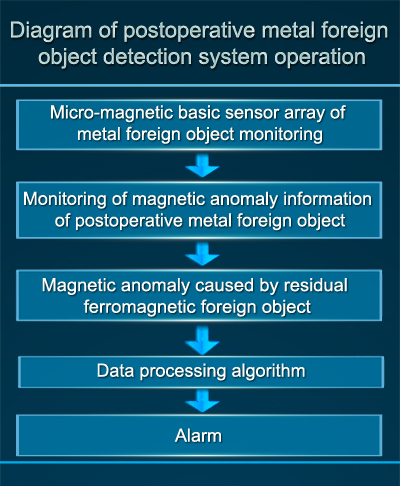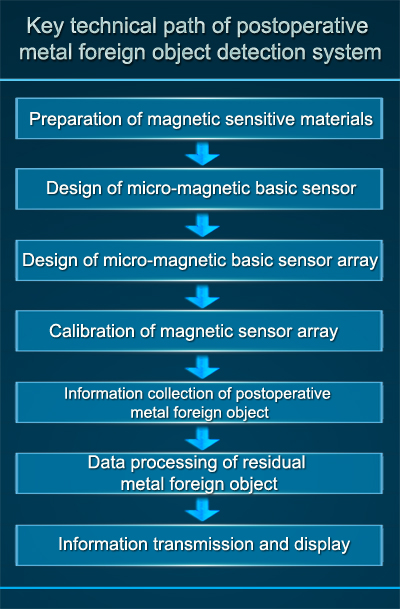![]() Background analysis:
Background analysis:
On May 9, 2016, Hong Kong media revealed that when a pregnant woman in Zhanjiang, Guangdong gave birth recently, the doctor left a two-centimeter-long surgical needle in her body when the doctor sutured the wound and needed to be transferred to the hospital for treatment. The incidence of medical errors in surgical operations and invasive examinations is relatively high, and foreign objects left in the operation occur from time to time, which causes great harm to the patient. For example, leaving surgical scissors, gauze or other objects in the patient's body, which will threaten their life. In order to prevent the occurrence of intraoperative foreign object omitting, a series of preventive measures have been taken clinically, including training of surgical personnel, standardized management of surgical procedures, and intraoperative body inventory system. However, the occurrence of intraoperative foreign object omitting has not been completely eliminated. Therefore, when the surgical treatment is over, a fast and efficient postoperative foreign object monitoring system in the patient's body becomes particularly important. This can reduce the chance of medical accidents. The postoperative foreign object detector made from Guochuang Micro-magnetic Basic Sensor can quickly detect whether there is any foreign object left in the patient's body.
![]() Principle:
Principle:
The magnetic anomaly target contains materials or currents with ferromagnetic characteristics (such as iron, cobalt, nickel, etc.), and the magnetic field strength is inversely proportional to the target distance cube, H∝M/R3. We use Guochuang Micro-magnetic Basic Sensor Array to detect the magnetic anomaly information caused by the ferromagnetic target, and determine the feature information of the ferromagnetic target according to the corresponding model algorithm.
![]() Technical solution:
Technical solution:
All surgical items contain magnetism. Before suturing, the postoperative foreign body detector is used to scan the patient's surgical site and abdominal cavity to ensure that no foreign object left.

![]() The main components of the system:
The main components of the system:
1. The postoperative metal foreign object detection system is composed of micro-magnetic basic sensor array, communication module, digital signal unit, etc.;
2. The micro-magnetic basic sensor array is fixedly installed in the postoperative metal foreign object detection system;
3. Related algorithms include: micro-magnetic basic sensor array calibration, environmental noise suppression, processing of magnetic anomaly targets small signal, etc.;
4. Data center: collection of data and information such as micro-magnetic basic sensor array data and magnetic anomaly early warning positioning signals;
5. Terminal console: display the working status and early warning information of the postoperative metal foreign object detection system.
